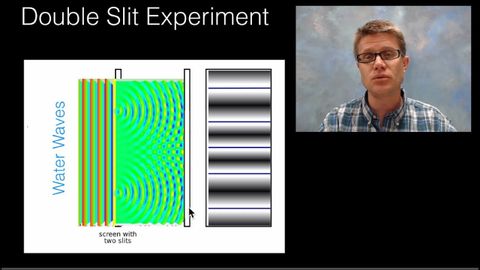波-粒子二象性--第一部分 (Wave-Particle Duality - Part 1)
Jack 發佈於 2021 年 01 月 14 日  沒有此條件下的單字
沒有此條件下的單字- n. (c./u.)世界;地球;世界;世界;宇宙;領域
- v.t.將...塗上顏料;把...描繪成;塗
- n. (c./u.)塗料;油漆
- v.t.點燃;用燈光指引
- adj.亮的;亮;輕的;輕鬆的
- n. (c./u.)光線;理解;光;燈;交通號誌;神色
- adv.輕裝地
- adj.小的;英文字母小寫;小的、微不足道的;規模小的;小聲、一點點聲音;小(小孩)

